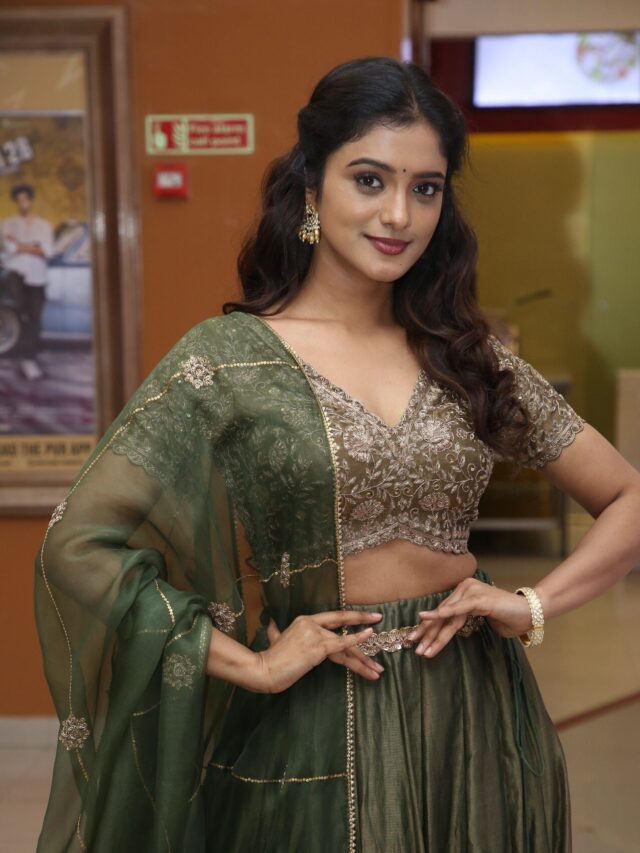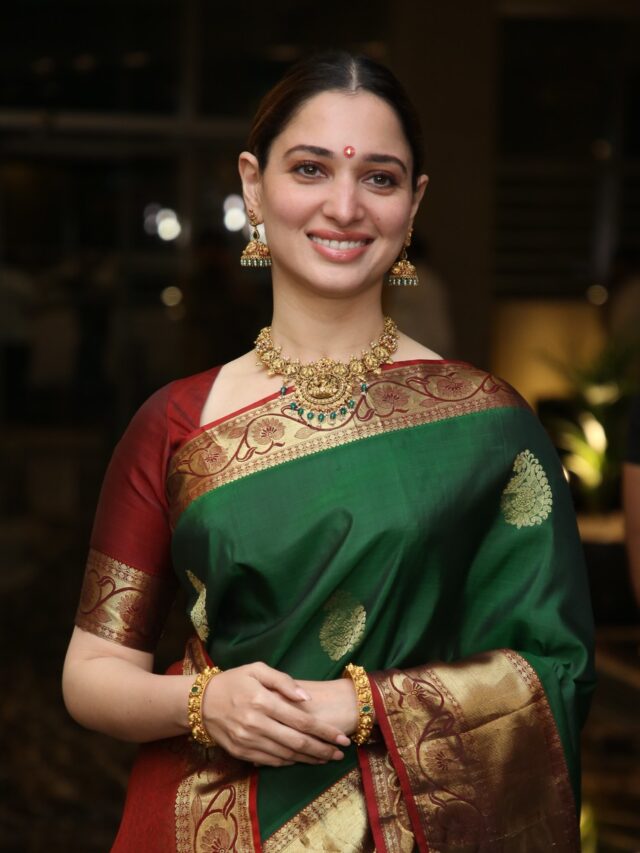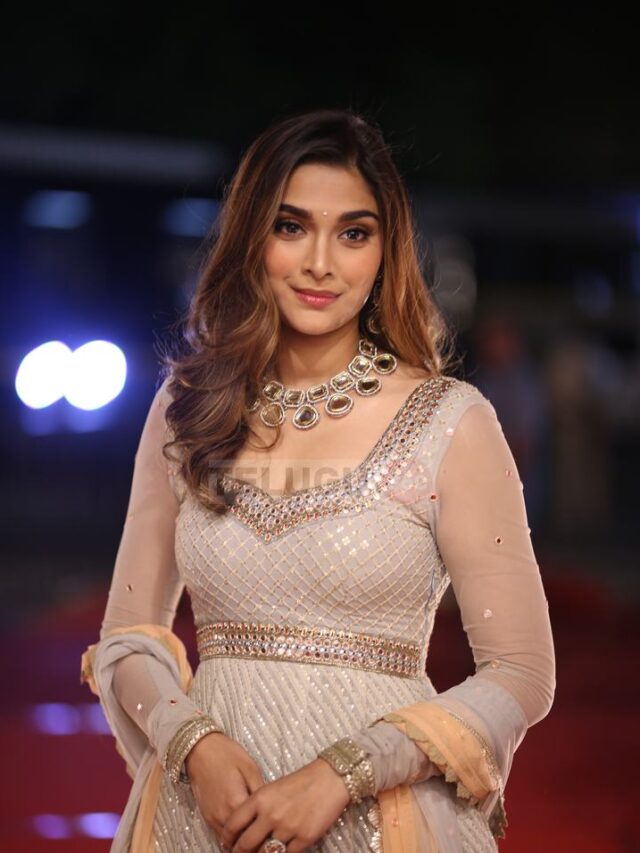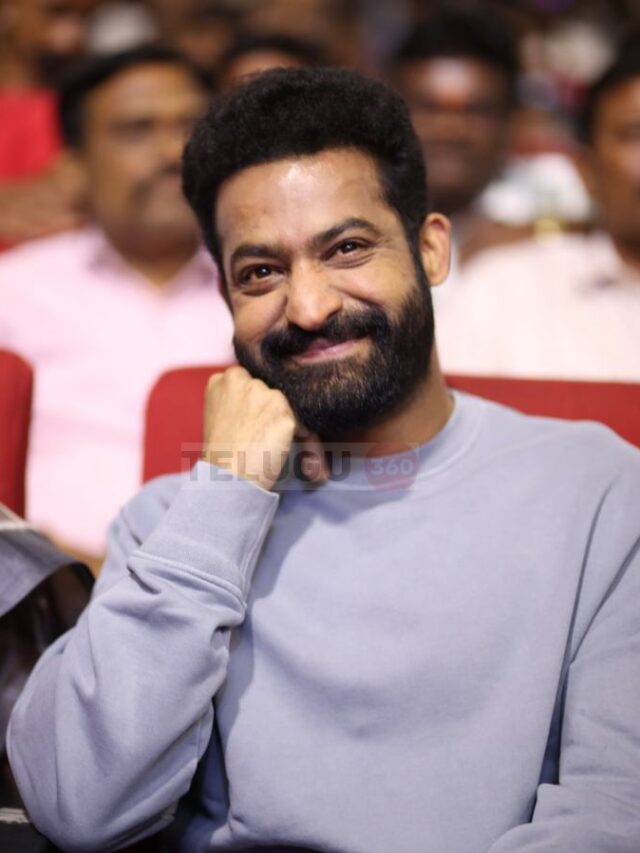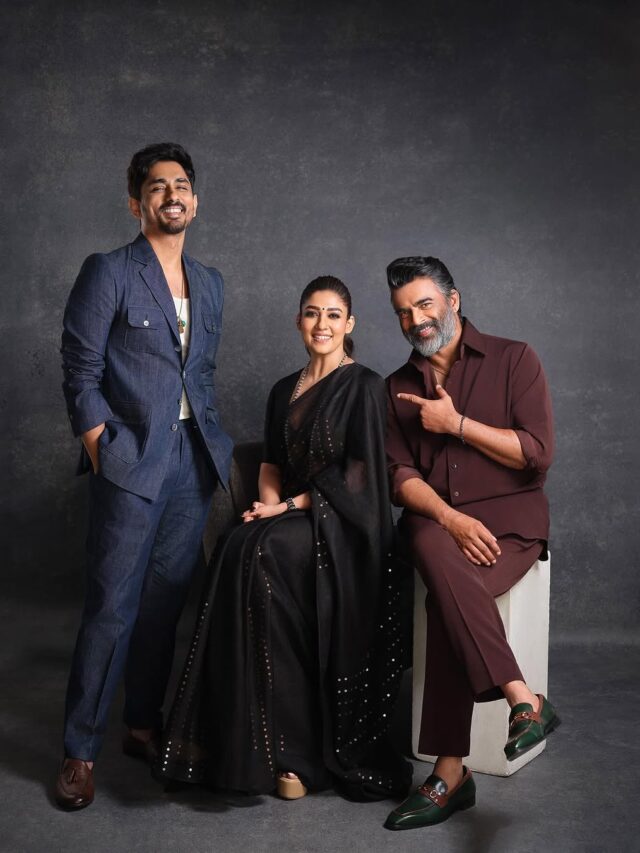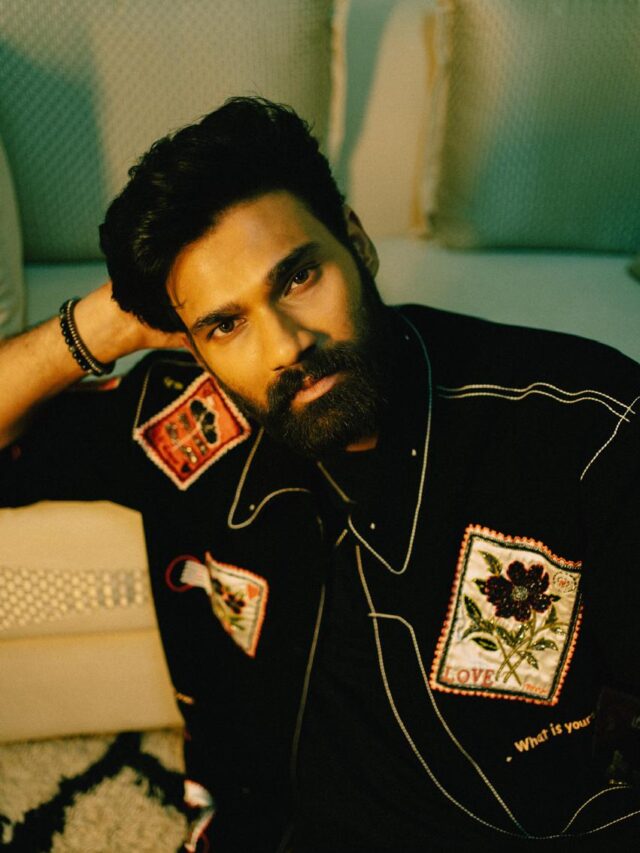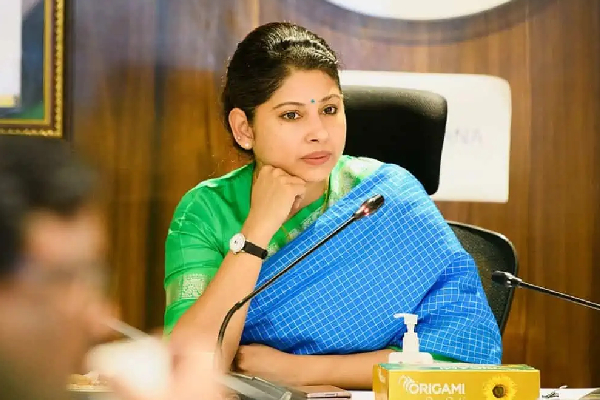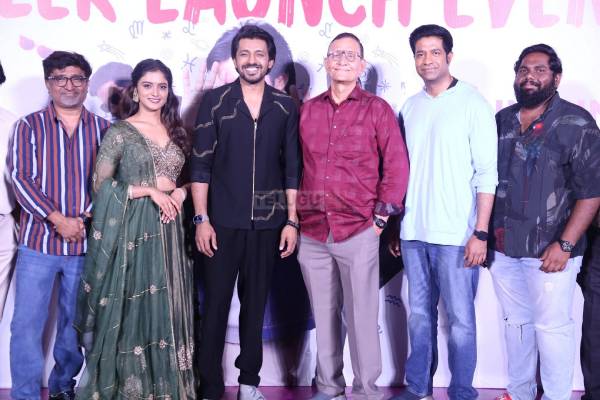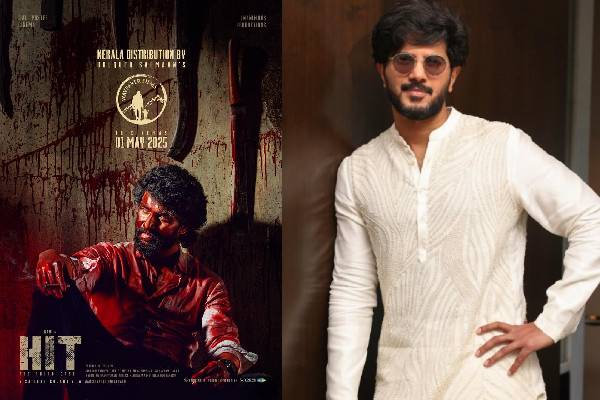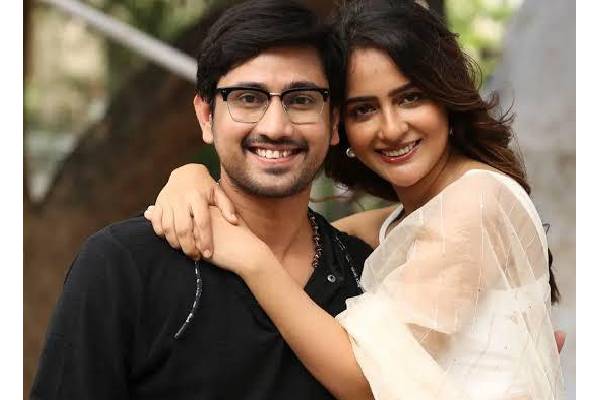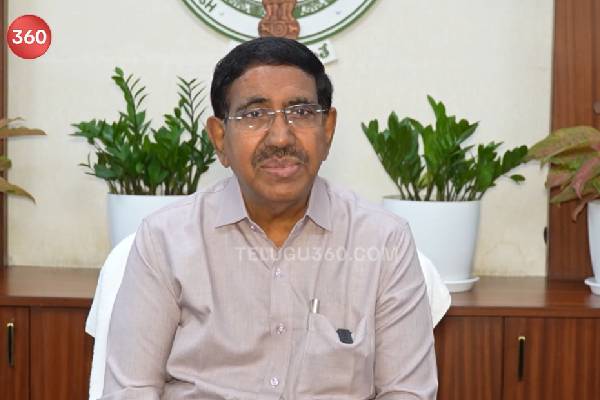[intro] Most classics have a shelf-life that outlasts a generation or two. “Swati Mutyam” is one such film which delivered an unusual story into a mesmerising tale full of honesty, goodwill and simplicity. It’s content is going to stay relevant for the next 30 years too. [/intro]
On 13th March, 1986 in the heat of Telugu summer, the much-anticipated movie of K.Viswanath-Kamal Hassan-Edida Nageswar RAo got released amidst exam fever and summer heat. The title was unusual – “Swati Mutyam” and the story unlike the mould that K Viswanath’s recent films were made of – no art, no dance, no philosophies and no love story. But the subject was interesting: An adult simpleton called Sivayya (Kamal Hassan) is a man who remains childlike, pure-at-heart, uncontaminated by the ways of the world because he is like the pearl in the ocean of life who is at peace with himself. A widow (Radhika) and her son enters the life of this pure man and completes his life with many trials and twists.
 The story is itself unusual because of the lenses that people see in the world today but when K Viswanath wrote the subject and got okay from producer Edida Nageswar Rao, it was a great collaboration that had all the ingredients of a timeless classic. Thirty years on, the film is as fresh, evocative and relevant to the imperfect world in which we live in. The film was made at a cost of Rs.45 lakhs (with Kamal Hassan’s remuneration at roughly one-fifths of the total cost) but it created a tsunami of records and awards and once again became an epic film for our times. It completed 100 days at over 25 centres, played for over a year in theatres in Bangalore and Mysore, swept the awards at the National Film Festival that year for the best Telugu Film and won awards for Kamal Hassan and Radhika at the State level. The best came later for the film: It got nominated from India for the Best Foreign Language Film at the Academy Awards. Eventually, it couldn’t get nominated for the category in the final round but many say the film’s content has a verisimilitude with another Oscar-nominated film “Forrest Grump”. Kamal Hassan said in an interview that it is true that Indian films copy Hollywood films but “Swati Mutyam” is one film which may have actually inspired “Forrest Grump: eight years after release because of the unique story. For several actors including Vikram, this remains one of the best performances of Kamal Hassan that remains an inspiration.
The story is itself unusual because of the lenses that people see in the world today but when K Viswanath wrote the subject and got okay from producer Edida Nageswar Rao, it was a great collaboration that had all the ingredients of a timeless classic. Thirty years on, the film is as fresh, evocative and relevant to the imperfect world in which we live in. The film was made at a cost of Rs.45 lakhs (with Kamal Hassan’s remuneration at roughly one-fifths of the total cost) but it created a tsunami of records and awards and once again became an epic film for our times. It completed 100 days at over 25 centres, played for over a year in theatres in Bangalore and Mysore, swept the awards at the National Film Festival that year for the best Telugu Film and won awards for Kamal Hassan and Radhika at the State level. The best came later for the film: It got nominated from India for the Best Foreign Language Film at the Academy Awards. Eventually, it couldn’t get nominated for the category in the final round but many say the film’s content has a verisimilitude with another Oscar-nominated film “Forrest Grump”. Kamal Hassan said in an interview that it is true that Indian films copy Hollywood films but “Swati Mutyam” is one film which may have actually inspired “Forrest Grump: eight years after release because of the unique story. For several actors including Vikram, this remains one of the best performances of Kamal Hassan that remains an inspiration.
Here are some lesser-known facts about the film as it completes 30 years :
1. Kamal Hassan originally wanted the title of the film as “Sivayya” but KV insisted the magical title of the Oyester Pearl which conveyed the essence of the character better than just the name. The Tamil title became “Chippikul Muthu” and the Hindi remake became “Easwar”. In Kannada it was released as “Swati Muthu”.
 2. The duration of the film was for 150 minutes with seven songs composed by Maestro Ilaiyaraja. The theme music for the film evokes so much pathos that director Vamshi who is a die-hard fan of Ilaiyaraja borrowed the theme music for “Swati Mutyam” for a song in the film “Sri Kanakamahalakshmi Recording Dance Troupe” (“Enadu Vidiponi Mudi Vesano”.
2. The duration of the film was for 150 minutes with seven songs composed by Maestro Ilaiyaraja. The theme music for the film evokes so much pathos that director Vamshi who is a die-hard fan of Ilaiyaraja borrowed the theme music for “Swati Mutyam” for a song in the film “Sri Kanakamahalakshmi Recording Dance Troupe” (“Enadu Vidiponi Mudi Vesano”.
3. The Maestro himself broke down when he had to compose the background score for the climactic scene where Kamal Hassan sits besides a dying Radhika.
4. Raj Kapoor was so moved when he saw the film in a special screening arranged by KV that he wanted to produce this film in Hindi with Kamal Hassan as the hero. But eventually, it got remade with Anil Kapoor and Vijayashanti as “Easwar”.
 5. For the 100 days function, Chief Minister N.T.Rama Rao was supposed to be the Chief Guest alongwith Raj Kapoor, Chiranjeevi and the original venue was Lalithakala Thoranam at Public Gardens. Due to rains, the venue got shifted to Devi 70 MM Theatre that day and the function was held amidst cancellation of the evening show. The movie running in Devi that time was “Sirivennela”!
5. For the 100 days function, Chief Minister N.T.Rama Rao was supposed to be the Chief Guest alongwith Raj Kapoor, Chiranjeevi and the original venue was Lalithakala Thoranam at Public Gardens. Due to rains, the venue got shifted to Devi 70 MM Theatre that day and the function was held amidst cancellation of the evening show. The movie running in Devi that time was “Sirivennela”!
 6. The original script had two changes as per director Viswanath. One was to make the Kamal Hassan more mature and worldwise in the climax. The second was to have Radhika alive and not die in the story. Both were shot down by producer Edida Nageswar Rao. He insisted that the story wouldn’t have the depth of pathos if these two changes were made. Eventually, Radhika dies after delivering a few sons with Kamal and Kamal on the other hand, lives life like a king with all his multi-generational family coming to his modest house while retaining his innocence and guileless charms. This is what connected the masses and the classes to make it a cult hit of the eighties – that if you live like a child and work self-lessly, you shall inherit the world and all there is. It grossed as one of the biggest hits of 1986.
6. The original script had two changes as per director Viswanath. One was to make the Kamal Hassan more mature and worldwise in the climax. The second was to have Radhika alive and not die in the story. Both were shot down by producer Edida Nageswar Rao. He insisted that the story wouldn’t have the depth of pathos if these two changes were made. Eventually, Radhika dies after delivering a few sons with Kamal and Kamal on the other hand, lives life like a king with all his multi-generational family coming to his modest house while retaining his innocence and guileless charms. This is what connected the masses and the classes to make it a cult hit of the eighties – that if you live like a child and work self-lessly, you shall inherit the world and all there is. It grossed as one of the biggest hits of 1986.
7. Gitakrishna, one of the most creative directors of arty commercial films like “Sankeertana”, “Kokila” worked as Asst Directors to KV in “Swati Mutyam”.
8. For one of the folk songs setting the romantic mood of the film, K Viswanath wrote the lyrics for the song “Thali Bottu Testha nani” on the spot while Kamal Hassan composed the tune of the song which was set to minimum instrumentation by the Maestro.
9. Although Sitarama Sastry became famous as a lyricist with “Sirivennela”, this is the film in which he debuts as a lyricist. He wrote the pathos version of the song “Vata patra Sai Ki Varahala Lali”.
10. JV Somayajulu, the famous Sankara Sastry in “Shankarabharanam” acted as a music teacher in a brief role which he couldn’t refuse when KV requested him.
11. “Swati Mutyam” is the first film 100 days function that CM N.T.Rama Rao attended as a Chief Guest after assuming office.
12. The film was shot in just 60 days and got shot in places like Rajamundry, Torredu, Tadikonda, Pattiseema, Chennai and Mysore.
13. One of the finest performers in the film was the grand old lady of Tollywood – Nirmalamma. Her performance as Sivayya’s grandmother counts as one of her best alongside her roles in films like “Mayuri”.
14. The film’s major strengths are the unique characterisation of Kamal Hassan as the intellectually under-developed hero who harms nobody yet helps all without fear or favor. Incidentally, such a beautiful script was conceived at a get-to-get her to celebrate “Sagara Sangamam” success after 500 days.
15. All the songs became cult hits and brought enormous fame to Maestro as the mandatory combination with Kamal Hassan. The choreography in the song “Suvee Suvee” became known as an item song by itself because Kamal Hassan cannot dance as a hero in the film; so Viswanath asked him to break-free and do random steps like a child will do when he is spontaneous. That became one of the most fabulous choreographies that created an iconic song.
 16. The song “Vatapatra Sai” sung by P.Susheela became the top lullaby of all time and continued to resonate with mothers who want to sing their babies to sleep. The other two songs “Chinnari Ponnari Kittaya” also became one of the most dynamic songs of SPB with a range of voices of a man, boy and mother mimicked by him in one single song. In another song which comes at a turning point of the film where Kamal marries Radhika, the director synchronises the dramatic point to the particular song which celebrates “Sita Rama Kalyanam”. This is one of the best melodies on Lord Rama which Ilaiyaraja fans cherished. In so many decades since the film released, Ilaiyaraja regretted he didn’t get a chance to compose another song on Rama. So he jumped when “Sri Rama Rajyam” came to him in 2011.
16. The song “Vatapatra Sai” sung by P.Susheela became the top lullaby of all time and continued to resonate with mothers who want to sing their babies to sleep. The other two songs “Chinnari Ponnari Kittaya” also became one of the most dynamic songs of SPB with a range of voices of a man, boy and mother mimicked by him in one single song. In another song which comes at a turning point of the film where Kamal marries Radhika, the director synchronises the dramatic point to the particular song which celebrates “Sita Rama Kalyanam”. This is one of the best melodies on Lord Rama which Ilaiyaraja fans cherished. In so many decades since the film released, Ilaiyaraja regretted he didn’t get a chance to compose another song on Rama. So he jumped when “Sri Rama Rajyam” came to him in 2011.


